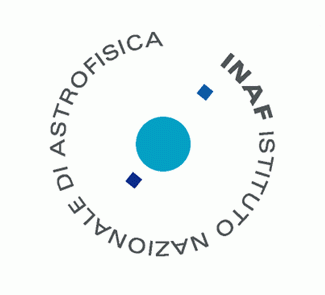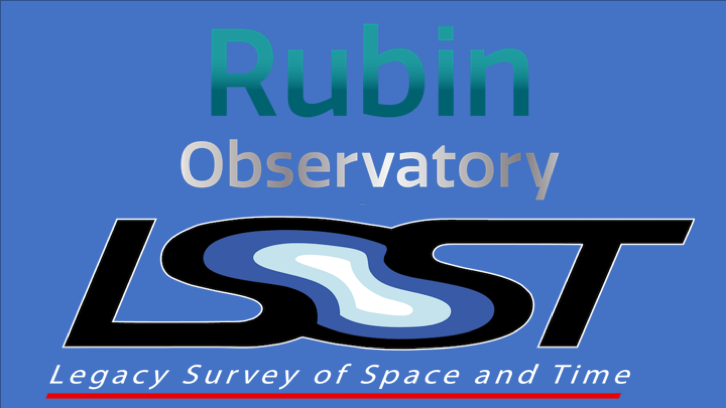Scientific Objectives
During 2018, we participated in writing a white paper (led by R. Margutti) to ask for the implementation of ToO capabilities in LSST, specifically focused on the GW electromagnetic follow-up. O. S. Salaa was one of the section leaders. O. S. Salaa also took part in the Flatiron Cadence Hackathon on NY, where he won a prize with his presentation \ToO Afraid?”, with which he showed that the impact of the said ToOs on the other science cases is negligible.
We are currently working on a population synthesis approach (similar to G15) to predict the number and features of the long GRB (both orphan and on-axis) afterglow population to be detected by LSST. The population of events is based on a detailed modelling of prompt emission properties of long GRBs taking into account all observational constraints (similar to G16, with updated constraints and refined methods). The afterglow emission is modelled with a fast and reliable code developed within our group, which allows for the modelling of structured jets (among the other goals, we aim to assess the impact of jet structure on the observed population properties). Once the synthetic population is simulated, including realistic contributions of absorption on the optical afterglow emission and host galaxy and SN emission template, we will use the LSST metric analysis framework (MAF) to derive the rate and properties of the population to be observed by LSST. A similar approach will be followed for the predictions of the number and features of the short GRB population (starting from G16 and including the refinement of jet structure) that can be detected by LSST. Finally, a similar approach will be devoted to the predictions for the detection rate of TDEs.
The timeline of this project foresees a possible first publication devoted to the detection rates of pointed and o{axis long GRBs already during 2019. Preliminary results, once the implementation of the population code with the MAF is complete and after some consistency checks, will be presented to the LSST collaboration and in particular within the TVS science working group.
The development of the same study for the population of short GRBs will proceed in parallel and might be boosted towards completion also by the possible new constraints attainable during the next observing run (O3) of the gravitational wave interferometers. In the meanwhile, following an empirical approach, we collected all detections and upper limits in the optical/NIR bands for about 130 Swift short GRBs occurred from 2004 November to July 2017 and used this sample to study the average properties of short GRB optical/NIR afterglows in the observer and in the rest-frame. This sample can be used as a tool (and benchmark for simulations) to provide estimates of the expected rate of detections of on-and o-axis short GRB afterglows with LSST and to test the possibilities to disentangle any associated kilonova emission.
Population studies for TDE should start early in 2020
Members
Principal Investigator:
Sergio Campana, INAF-Osservatorio Astronomico di Brera
Co-Investigator:
Giancarlo Ghirlanda INAF-Osservatorio Astronomico di Brera
LSST young researchers:
Paolo D’Avanzo INAF-Osservatorio Astronomico di Brera
Andrea Melandri INAF-Osservatorio Astronomico di Brera
Om Sharan Salafia INAF-Osservatorio Astronomico di Brera
Maria Grazia Bernardini INAF-Osservatorio Astronomico di Brera
Other INAF participants:
Deborah Mainetti Università degli studi di Milano Bicocca
Gabriele Ghisellini INAF-Osservatorio Astronomico di Brera
Gianpiero Tagliaferri INAF-Osservatorio Astronomico di Brera
Giuseppe Lodato Università di Milano
Stefano Covino INAF-Osservatorio Astronomico di Brera
Ruben Salvaterra INAF-Istituto di Astrofisica Spaziale e Fisica Cosmica di Milano
Lara Nava INAF-Osservatorio Astronomico di Trieste
Cristina Baglio Università Insubria
Francesco Coti Zelati Università Insubria
Alessia Franchini Università di Milano
Alessio Pescalli Università Insubria
Gor Oganeysan SISSA-Trieste
Monica Colpi Università degli studi di Milano Bicocca
Tullia Sbarrato Università degli studi di Milano Bicocca
Maria Grazia Bernardini Università di Montpellier
Valerio D’Elia ASDC-ASI
Elena Maria Rossi Università di Leiden
LSST Affiliation
Transients/variable stars science collaboration
Activity Report

